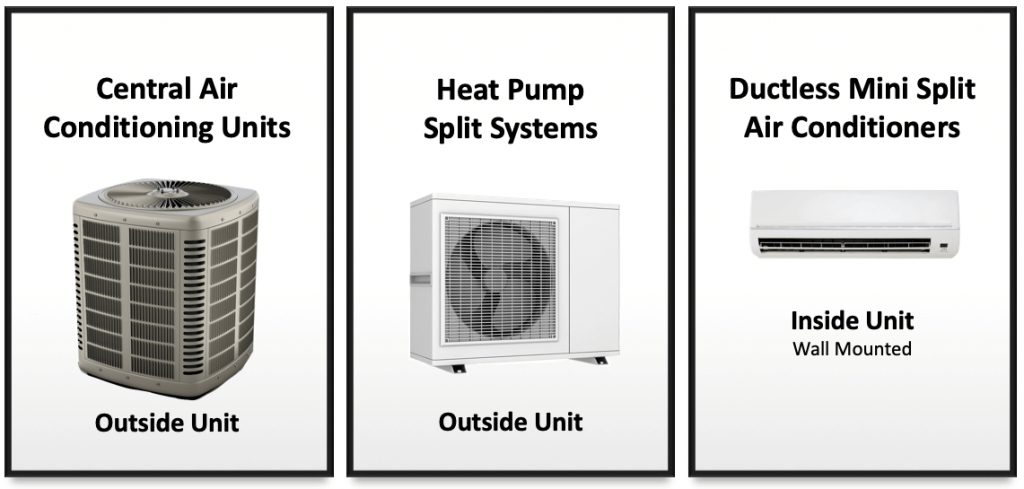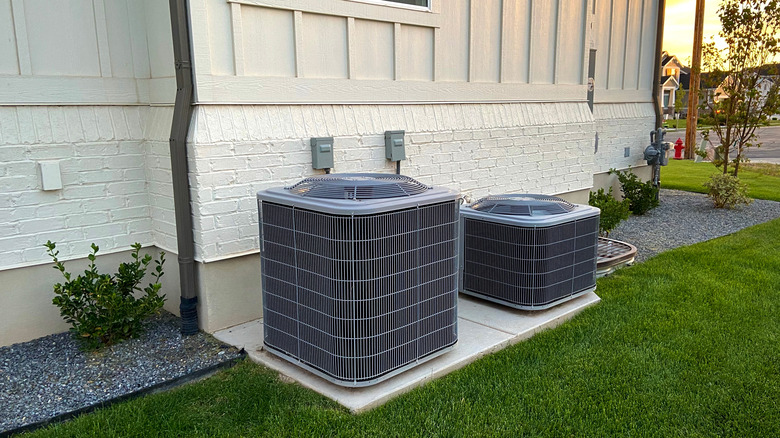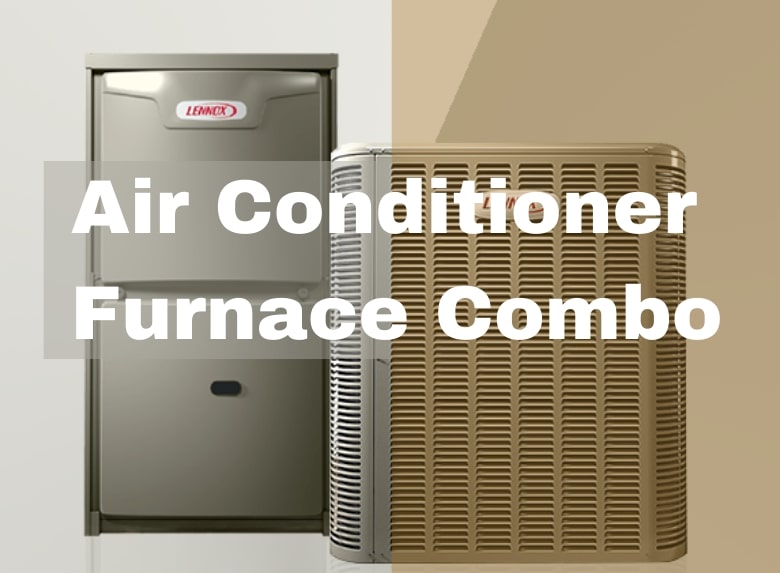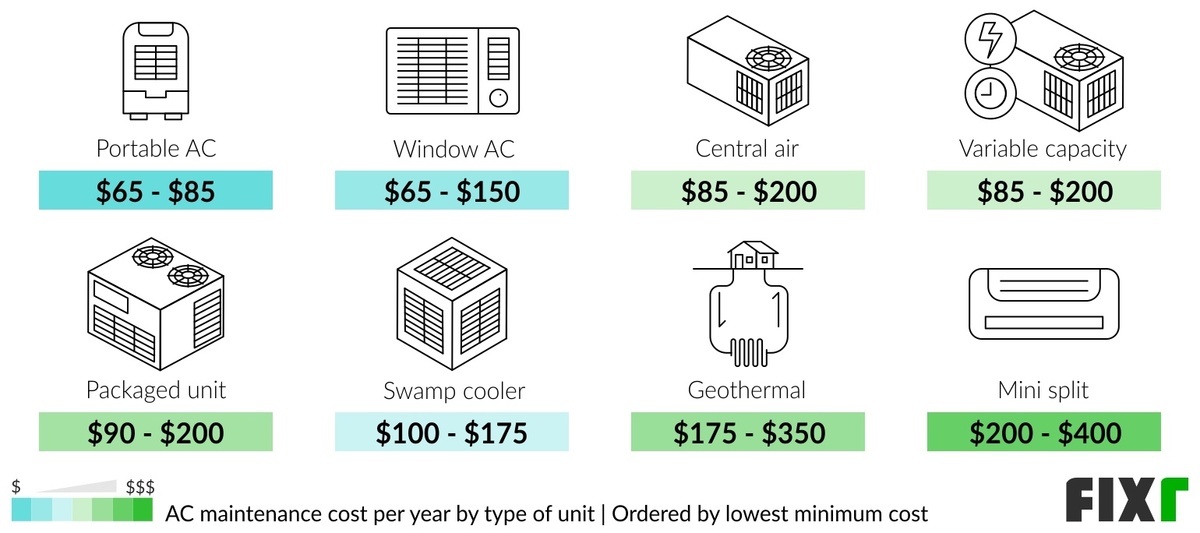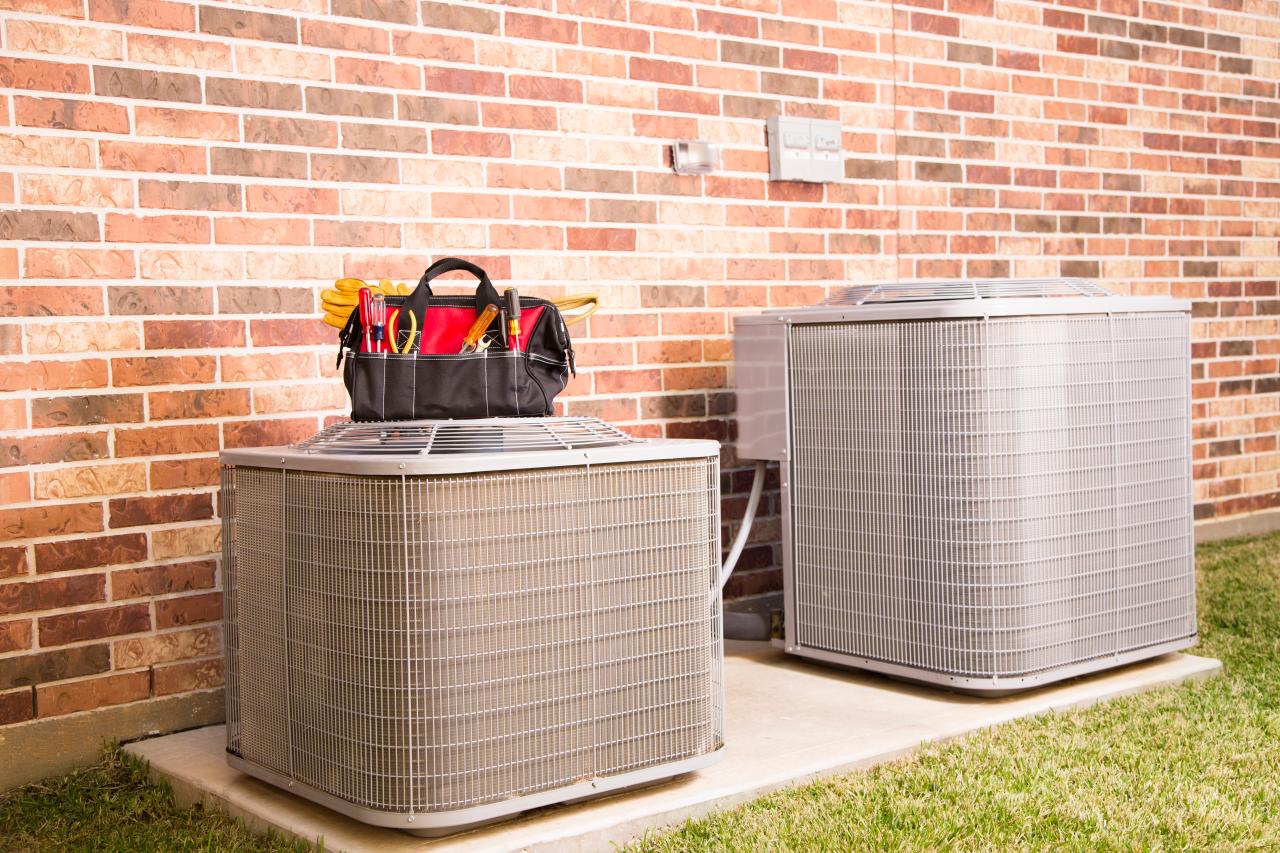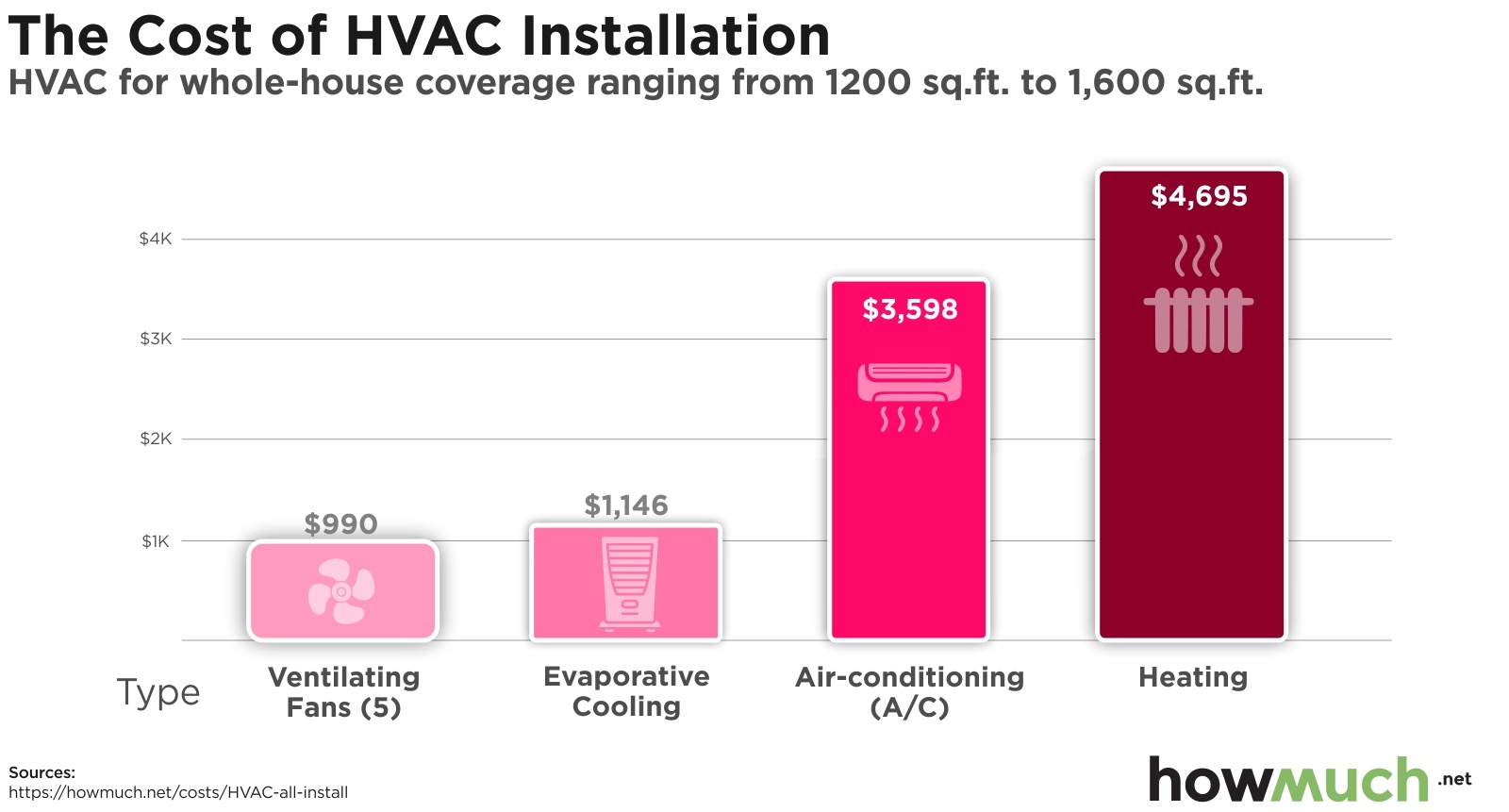How Much Does A Furnace And Ac Unit Cost

Understanding the costs associated with a new furnace and air conditioning (AC) unit is crucial for homeowners and businesses alike. Not only does it impact your initial budget, but it also has long-term implications for your energy bills. This article breaks down the various cost factors, explores energy-efficient options, and delves into the benefits of smart HVAC integration to help you make an informed decision.
Factors Influencing Furnace and AC Unit Costs
The total cost of a furnace and AC unit replacement isn't just the price tag on the equipment. Several factors influence the final number:
Equipment Type and Size
The type of furnace and AC unit significantly impacts the price. Furnaces are typically categorized by their Annual Fuel Utilization Efficiency (AFUE) rating, which indicates how efficiently the furnace converts fuel to heat. Higher AFUE ratings (e.g., 90% or higher) translate to greater energy savings but usually come with a higher upfront cost. Common furnace types include:
- Single-stage furnaces: Offer a single heat output level. These are the least expensive but also the least energy-efficient.
- Two-stage furnaces: Have two heat output levels, providing more consistent temperatures and better efficiency than single-stage models.
- Modulating furnaces: Offer variable heat output, adjusting to precise heating needs for optimal comfort and energy savings. They are the most expensive option.
AC units are rated by their Seasonal Energy Efficiency Ratio (SEER). A higher SEER rating signifies greater energy efficiency. As of January 1, 2023, the minimum SEER rating for new AC units varies by region, with the Southeast and Southwest requiring a minimum of 15 SEER. Common AC unit types include:
- Single-stage AC units: Operate at a single cooling capacity.
- Two-stage AC units: Offer two cooling levels for improved comfort and efficiency.
- Variable-speed AC units: Adjust their cooling output based on demand, providing the highest level of comfort and energy savings.
The size of the unit, measured in British Thermal Units (BTUs) for furnaces and tons for AC units, is also a crucial factor. An undersized unit won't adequately heat or cool your space, while an oversized unit can lead to short cycling, which wastes energy and reduces equipment lifespan. A professional HVAC technician can perform a Manual J load calculation to determine the appropriate size for your home or business.
Installation Costs
Installation costs can vary significantly depending on the complexity of the job. Factors that influence installation costs include:
- Existing ductwork: If your existing ductwork needs repairs or modifications, this will add to the overall cost.
- Accessibility: If the furnace or AC unit is difficult to access, the installation process will be more time-consuming and expensive.
- Permits: Many jurisdictions require permits for HVAC installations, adding to the total cost.
- Contractor fees: Labor rates and overhead costs vary between contractors.
Brand Reputation
Certain HVAC brands are known for their quality, reliability, and energy efficiency. While these brands may come with a higher price tag, they often offer better warranties and a longer lifespan, ultimately saving you money in the long run. Reputable brands often have easier access to replacement parts too.
Geographic Location
HVAC costs can also vary depending on your geographic location. Areas with higher labor costs or stricter building codes may have higher installation fees. Furthermore, the climate in your region will influence the type and size of equipment needed, impacting the overall cost.
Average Cost Breakdown
While prices can vary significantly based on the factors mentioned above, here's a general idea of what you can expect to pay:
- Furnace: $2,000 to $7,000 installed, depending on the AFUE rating and features.
- AC Unit: $3,000 to $8,000 installed, depending on the SEER rating and features.
- Combined Furnace and AC Unit: $5,000 to $15,000 installed.
These are just estimates, and it's essential to get quotes from multiple contractors to get a more accurate price for your specific situation.
Energy Efficiency and ROI
Investing in energy-efficient HVAC equipment can provide significant long-term savings. While the initial cost may be higher, the reduced energy consumption will translate to lower utility bills and a faster return on investment (ROI).
For example, upgrading from an 80% AFUE furnace to a 95% AFUE furnace can save you up to 15% on your heating bills. Similarly, upgrading from a 13 SEER AC unit to a 17 SEER unit can save you up to 25% on your cooling costs. The Energy Star website provides resources and calculators to help you estimate potential energy savings.
Furthermore, many utility companies and government agencies offer rebates and incentives for installing energy-efficient HVAC equipment. These rebates can help offset the upfront cost and further improve the ROI. Check with your local utility company and the DSIRE (Database of State Incentives for Renewables & Efficiency) website to learn about available rebates in your area.
Smart HVAC Integration
Integrating your HVAC system with smart home technology can provide even greater energy savings and convenience. Smart thermostats, sensors, and zoning systems can help you optimize your heating and cooling based on occupancy, weather conditions, and personal preferences.
Smart Thermostats
Smart thermostats learn your heating and cooling patterns and automatically adjust the temperature to maximize energy efficiency. They can also be controlled remotely via a smartphone app, allowing you to adjust the temperature even when you're away from home. Some smart thermostats even integrate with other smart home devices, such as smart lighting and security systems.
Zoning Systems
Zoning systems divide your home into different heating and cooling zones, allowing you to control the temperature in each zone independently. This is particularly useful for homes with multiple stories or rooms that are used infrequently. Zoning systems can save energy by only heating or cooling the areas that are being used.
Sensors
Smart sensors can monitor temperature, humidity, and occupancy in different rooms, providing valuable data to optimize your HVAC system. For example, occupancy sensors can automatically adjust the temperature when a room is unoccupied, saving energy without sacrificing comfort.
Choosing the Right Contractor
Selecting a qualified and reputable HVAC contractor is essential for ensuring a successful installation and maximizing the performance of your new equipment. Here are some tips for choosing the right contractor:
- Get multiple quotes: Obtain quotes from at least three different contractors to compare prices and services.
- Check licenses and insurance: Verify that the contractor is properly licensed and insured to protect yourself from liability.
- Read reviews: Check online reviews and ask for references to gauge the contractor's reputation and customer satisfaction.
- Ask about experience: Choose a contractor with experience installing the type of equipment you're considering.
- Look for certifications: Look for contractors with certifications from organizations like NATE (North American Technician Excellence), which indicates a high level of technical competence.
Financing Options
Replacing a furnace and AC unit can be a significant investment. Fortunately, several financing options are available to help you manage the cost:
- Home equity loans: These loans allow you to borrow against the equity in your home.
- Personal loans: These loans are unsecured and can be used for any purpose.
- HVAC financing: Many HVAC contractors offer financing options through third-party lenders.
- Credit cards: Using a credit card with a low interest rate or rewards program can be a convenient way to finance your HVAC replacement.
Conclusion
The cost of a furnace and AC unit replacement can vary significantly depending on several factors. By understanding these factors and carefully considering your options, you can make an informed decision that meets your budget and energy-efficiency goals. Investing in energy-efficient equipment and smart HVAC integration can provide significant long-term savings and improve your comfort. Remember to get quotes from multiple contractors, check their credentials, and explore available financing options to make the process as smooth and affordable as possible. Always prioritize the long term savings and comfort over the short term costs, keeping in mind that a well chosen system should last for 15-20 years with proper maintenance.

